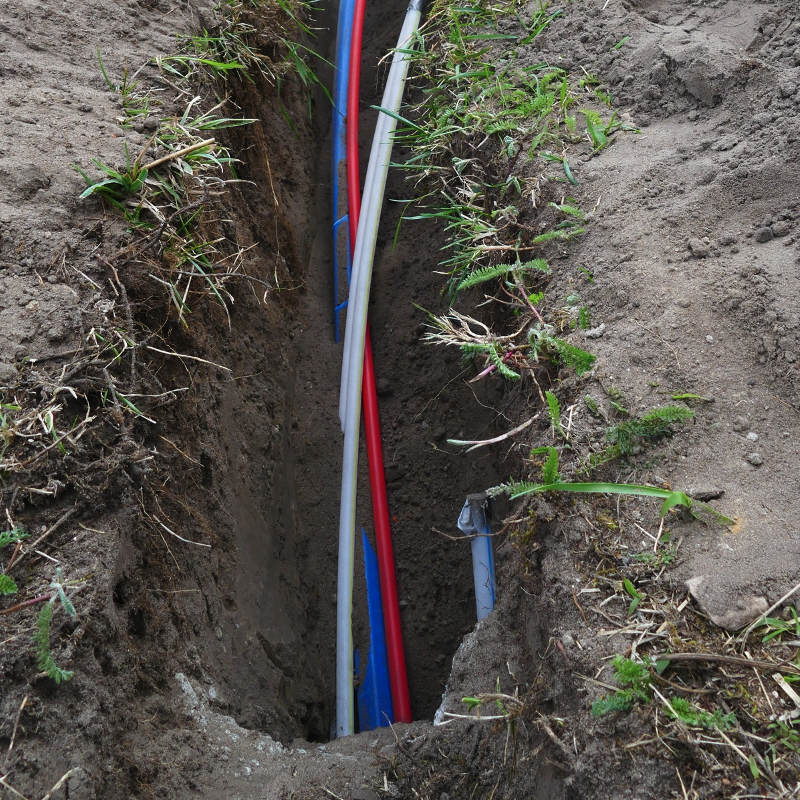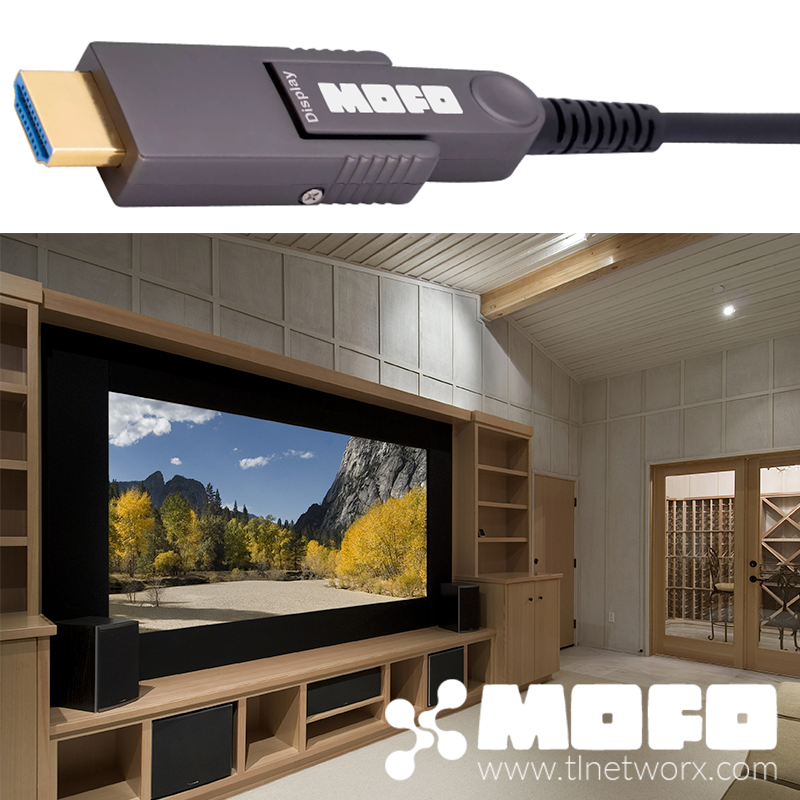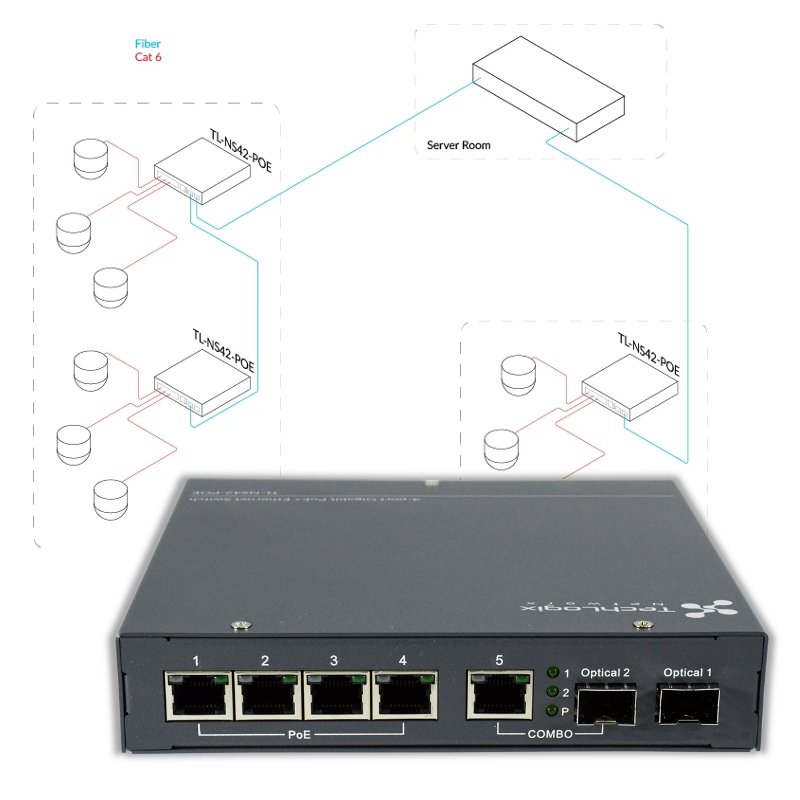How to Choose an Outdoor Fiber Cable

Fiber is routinely installed outdoors thanks to it's effective signal transmission distance and high-bandwidth capability. And surprisingly, outdoor-rated fiber optic cables are often stronger and more durable than their copper counterparts.
However, choosing the proper cable can be daunting. This article examines the three most common outdoor fiber constructions: standard indoor/outdoor, ruggedized indoor/outdoor and armored direct burial.
All three formats can be built with either single mode or multimode fiber (single mode being far more common for several reasons -- learn more) and in a variety of strand counts.
Standard Indoor/Outdoor

Standard indoor/outdoor fiber optic cables are among the most commonly integrated due to their low cost, easy handling during installation, and flexible environment rating.
They support direct transition between indoor and outdoor environments (meaning you can run the same cable inside and outside) and survive direct exposure to water and UV. However, standard indoor/outdoor cables lack a strong protective jacket and won't tolerate regular handling or abrasion. As such, they are typically installed in duct or conduit outdoors.
Pros:
- Low cost
- Resistance to water & UV
- Easy handling due to light weight & bend-rating (see chart below)
- Directly transition the same cable indoors & outdoors
- Very small cable diameter
Cons:
- No protection from abrasion or rodents
- Requires duct or conduit when installed below grade
- Should not be directly stapled in place
Ruggedized Indoor/Outdoor

Ruggedized indoor/outdoor fiber optic cables provide all the benefits of standard indoor/outdoor cable with additional protection from abrasion, handling and rodents thanks to a thickened outer jacket.
Surprisingly, most ruggedized cables are even comparable in weight, bend-rating and overall jacket diameter; though they do command a premium price.
It's important to note most ruggedized cables are installed in duct or conduit below grade, especially in rocky environments or those prone to heavier abrasion. This is because regular strata movement from wind, freezing and other environmental factors will wear down a ruggedized jacket over time.
Pros:
- Low to moderate cost
- Resistance to water, UV & fungus
- Resistance to abrasion, handling & rodents
- Easy handling due to light weight & bend-rating (see chart below)
- Directly transition the same cable indoors & outdoors
- Very small cable diameter
- Can be stapled directly in place
Cons:
- Duct or conduit recommended when installed below grade, especially in heavy abrasive environments
Outdoor Direct Burial

Outdoor direct burial cables provide the best protection from abrasion, handling and rodents thanks to internal metal armoring. This armor, however, significantly increases cable cost, diameter, weight and rigidity.
At least two people are typically required for direct burial installation; whereas one person can easily handle a standard or ruggedized indoor/outdoor cable.
Additionally, direct burial cables should not be directly transitioned from outdoors to indoors, as they are not rated for in-wall installation. They are commonly terminated into an outdoor wall-box and then transitioned into an indoor-rated cable using a coupler (view this application).
The greatest benefit of direct burial cables is they support burial directly in the ground (no conduit or duct required) even in harsh environments.
Pros:
- Can be directly installed in soil
- Heavy resistance to abrasion, handling & rodents
- Resistance to water, UV & fungus
- Can be stapled directly in place
Cons:
- High cost
- Large cable diameter
- Cannot transition the same cable indoors & outdoors
- Harder to handle due to heavy weight and bend-rating (see chart below)





Comments